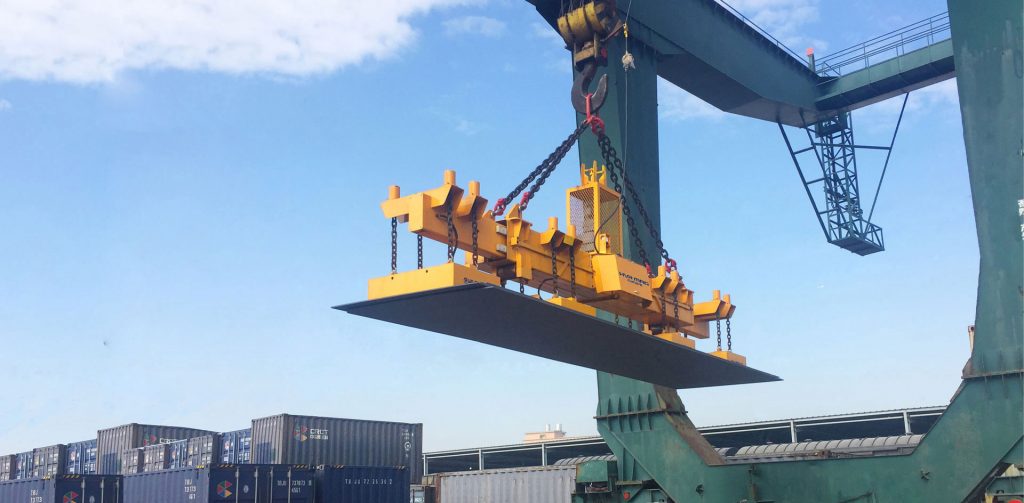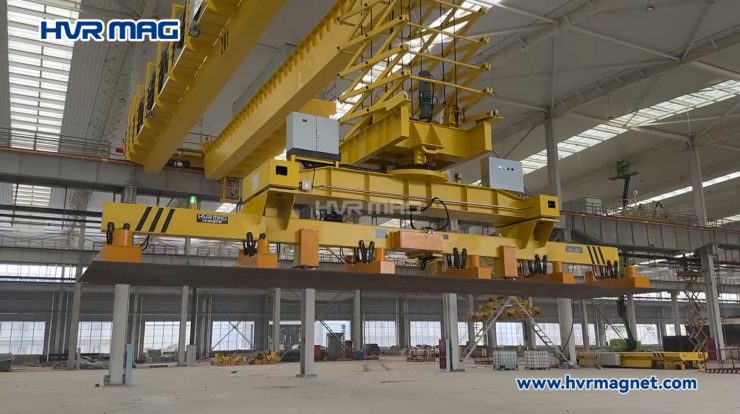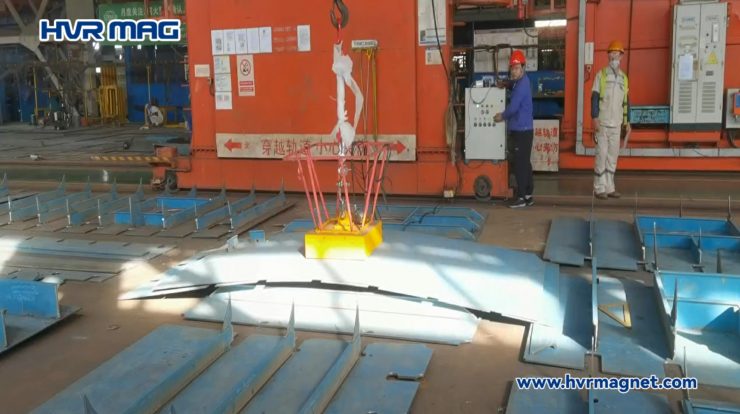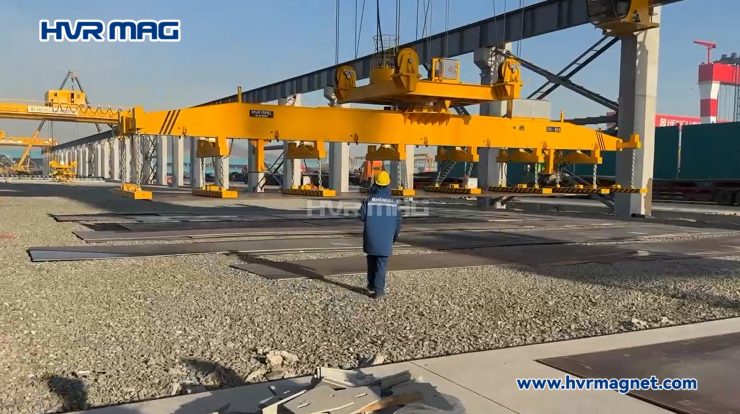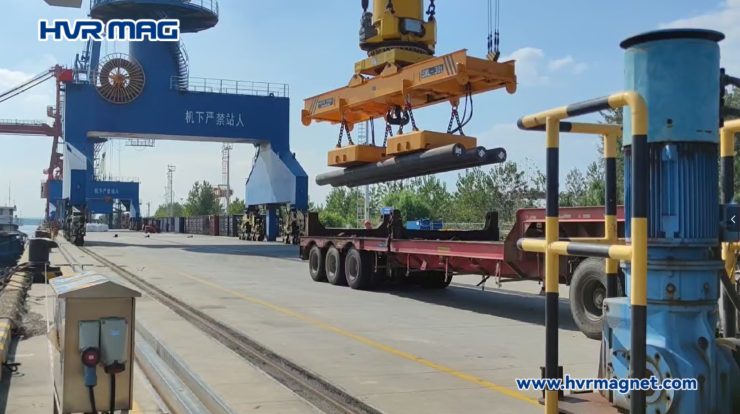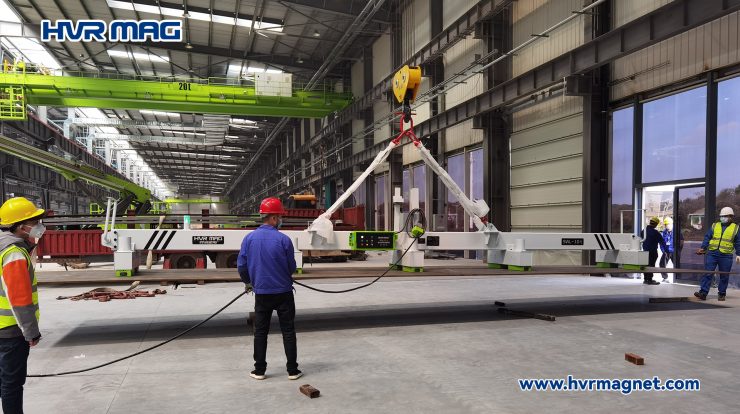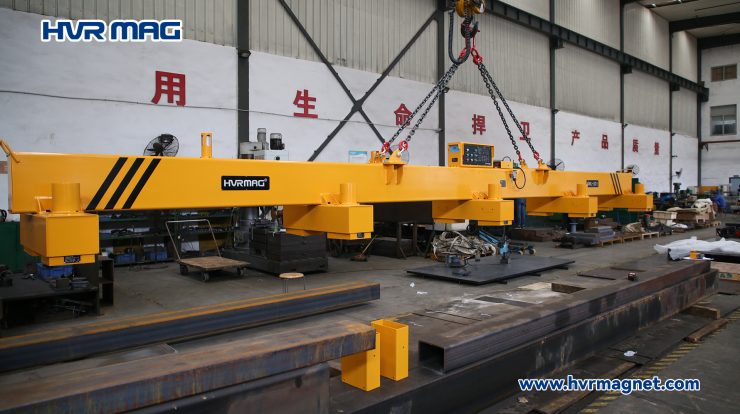
Explanations on what are industrial lifting magnets and how do they work, from Magnetic lifter manufacturer, HVR MAG.
What Are Industrial Lifting Magnets?
Industrial lifting magnet is a compound noun, which can be separated into two parts: industrial magnets and lifting magnets. Or we can simply put it this way, industrial lifting magnets are industrial magnets that are used for lifting, in various applications.
How Do Industrial Lifting Magnets Work?
Industrial magnets for lifting works on the magnetic clamping force generated by the magnets used, which makes them a workhorse in many industries, including the recycling, metalworking, mining, construction and demolition industries.
For industrial permanent magnets, when the two magnets in the main body are positioned in the same direction, magnetic flux will be released to attract the metallic objects to be lifted.
For industrial lifting electromagnets, when electricity passing through the coils of wires inside, the coils can function like a magnet to pick up or lift steel parts.
For the electro-permanent type of industrial magnets, when the 2 sets of the magnets have same magnetic direction, it gains attractive force to ferromagnetic work piece. Change the direction of magnetic flux inside, it has no magnetic clamping force.
Basically, industrial magnetic lifters work on the similar mechanism of different types of magnets. The only difference is that they are mainly used to lift and transport steel material parts or workpiece in different industries. They save time and effort because they can lift steel more quickly and conveniently than any other mechanical device.
Industrial Lifting Magnets Manufacturer
HVR MAG offers CUSTOMED industrial lifting magnets for the handling of steel plates, coils, slabs, billets, profiles, angles, rods and bars in metallic industries.
Featured with Superior Safety and Energy Saving, all our industrial magnetic lifters are custom designed by our engineers through mutual communications with clients, to best fit their lifting needs and requirements. Contact us for more information.

